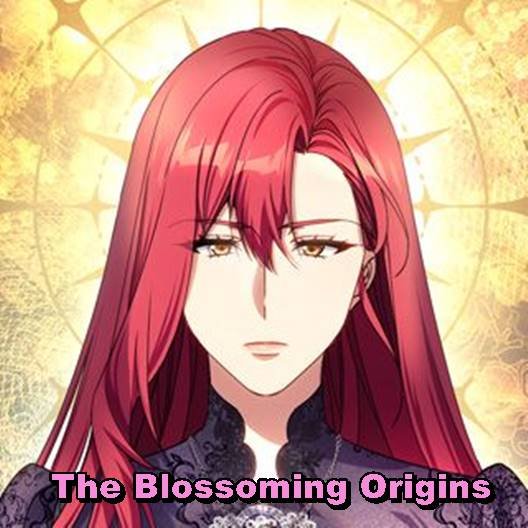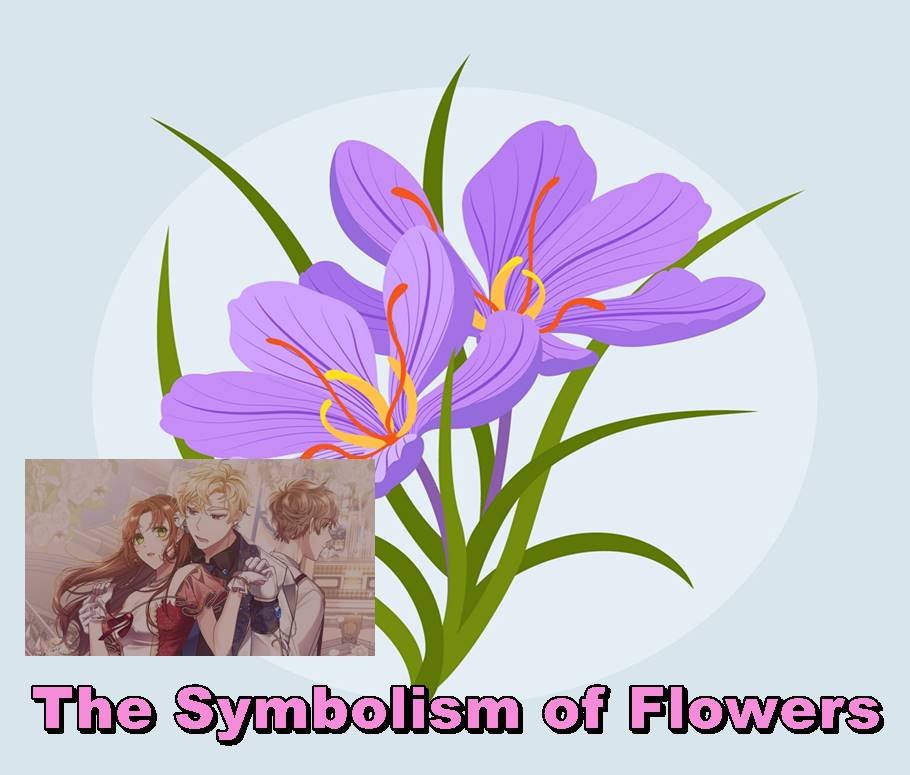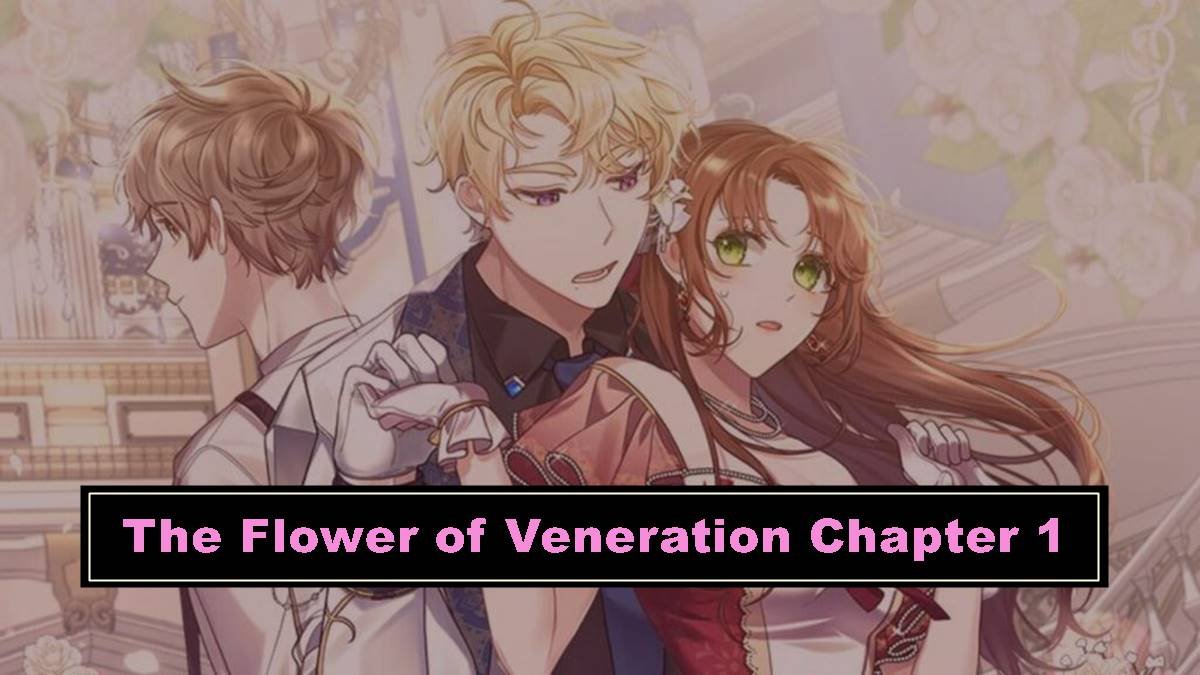The passing of time has erased many exciting stories from the books of the past and the culture. The most fascinating of these accounts is “The Flower of Veneration Chapter 1.” In the premiere episode, we embark on a journey to learn more about the mysterious history of worshiping flowers. Discover a world where flowers were more than just an aesthetic value for the people of the ancient world.
The Blossoming Origins

The ancient cultures that date across thousands of years are most likely ancestors of the flower cults. The lotus flower of ancient Egypt, as well as the tree of cherry blossoms of present-day Japan, are two instances of flowers that have been essential to religious and social ceremonies across the globe. The flowers were regarded as sacred not only for their beauty but also for their representation of the divine and the spiritual.
The Spiritual Connection
It is interesting to note that the significance of flowers varies in different civilizations. For instance, the rose, which in European cultures symbolizes affection and love, as well as the lotus, which, in early Egypt, was a symbol of purity and illumination. Because of the strong connection between humans and plants, various rituals developed in the process.
Floral Worship in Religion
Flowers play a significant part in the rituals of religious ceremonies across various religions, but most significantly in Hinduism. Offering flowers to gods is a common symbol of worship and spiritual purity. Fresh flowers are presented to gods with the belief that they will bring blessings to the person who worships them.
The Language of Flowers
“The “flower of veneration chapter 1” was a well-known fashion during the Victorian period. It was possible to express your feelings privately with flower arrangements as each flower had a distinct significance. This beautiful custom added to the importance of the flowers by giving them additional meaning.
READ MORE: The Runaway Lead Lives Next Door Spoilers: A Manga Marvel
The Symbolism of Flowers

Red Roses: Love and Romance
For a long time, the red roses have been a symbol of romance and love. Because of their significance, they are commonly used during Valentine’s Day and other occasions to show affection.
Lotus: Purity and Enlightenment
The lotus flower is a cherished symbol in various Asian traditions due to its positive connotations. Its symbolism is that it rises from the murky waters to bloom in pure beauty.
Sunflowers: Positivity and Strength
The sunny, bright attitude and their resilience are often associated with sunflowers. They look out to inspire us to find the bright side, even when things are tough.
The Modern Resurgence
Floral Therapy
The therapeutic use of flowers is receiving renewed interest. “Flower essence therapy,” or “floral therapy,” makes use of the healing powers of flowers to boost emotional and mental health.
Sustainable Floristry
Sustainability is becoming more and more critical in flower production due to the growing environmental consciousness. Locally grown, in-season blooms, as well as other environmentally friendly methods, are becoming more commonplace.
Conclusion
“The Flower of Veneration Chapter 1” offers a captivating glimpse into the rich history of flower worship and symbolism across various cultures. It reminds us of the profound connections between humanity and nature, where flowers transcend mere aesthetics to represent spirituality and emotions.
FAQs:
- Why were flowers considered sacred in ancient cultures?
- Flowers were regarded as sacred due to their symbolism representing the divine, purity, and illumination. They held deeper spiritual significance beyond their aesthetic beauty.
- What role do flowers play in religious ceremonies?
- Flowers are integral to many religious rituals, with Hinduism being a notable example. They are offered to gods as a symbol of worship and a means to seek blessings.
- What is the “Language of Flowers”?
- During the Victorian era, the “Language of Flowers” was a popular practice where different flowers conveyed specific emotions and messages, allowing people to express feelings through floral arrangements.
- What are the symbolic meanings of some commonly known flowers?
- Red Roses symbolize love and romance. Lotuses represent purity and enlightenment. Sunflowers are associated with positivity and strength.
- What are some modern trends related to flowers?
- Modern trends include “Flower Essence Therapy,” which uses flowers for emotional and mental well-being. Sustainable floristry practices, such as using locally grown, environmentally friendly blooms, are also on the rise.
